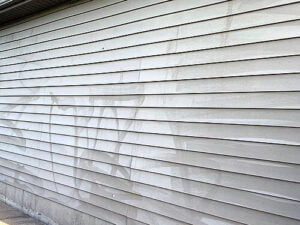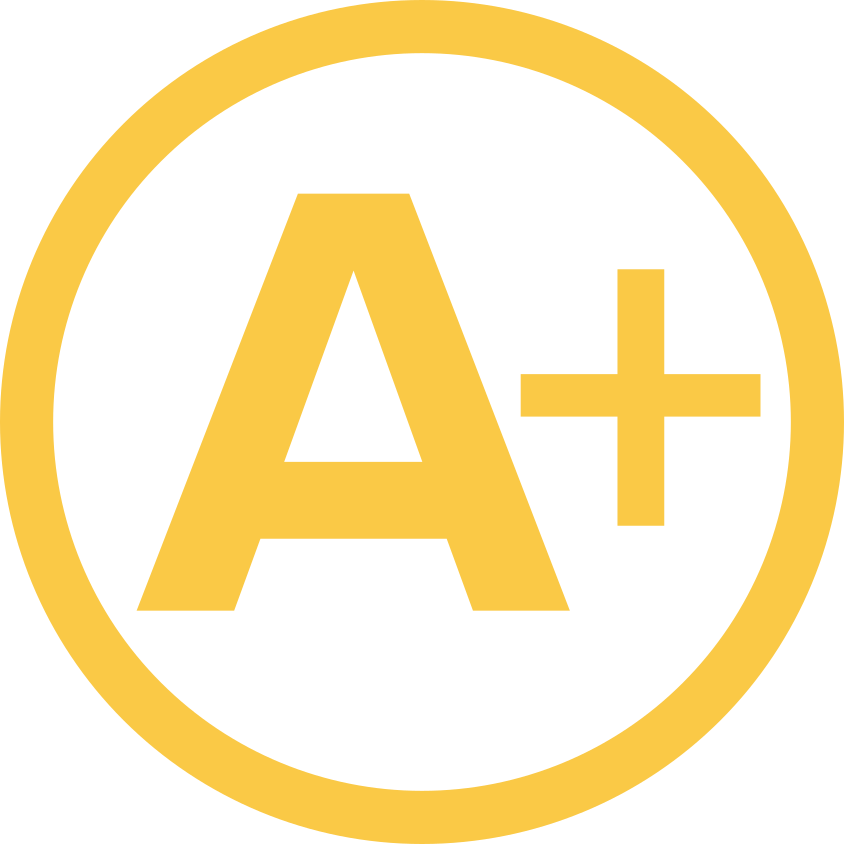
Discover the Gentle Touch: Exploring Soft-Washing for Immaculate House Exteriors

Items to Consider when Preparing to Wash a House
Plants, Ornamentals and Shrubs
The first thing to consider prior to washing any house is the proximity of delicate plants and flowers that may be effected by overspray. While the concentration of most house wash cleaning solutions are harmless to most Texas plants and shrubs, certain areas may require the use of "hotter" mixes.
For example - the typical bio-friendly house wash solution consists of 1.5% sodium hypochlorite combined with a surfactant, or soap. This is the same solution strength recommended for cleaning a child's playground and is also harmless to most all plants.
Areas that may be heavily infested with mold or black algae, or has a greater porosity (i.e., porous surfaces such as Stucco) might require a stronger mix of up to 3% or more. While this too is typically harmless to most plants, more delicate plants like ornamentals will need to be covered with a breathing membrane, such as Tyvek*.
*As a side note, this process is far less utilized during a typical house wash than it is for roof wash where the cleaning solution is 5-6 times more concentrated with sodium hypochlorite than what is required for a house wash.
The effect of chemicals on plants is exacerbated by high temperatures. This is because a plant's "uptake" of water -- or any other liquid that comes into contact with its leaves during hot drought-like conditions is much greater. To minimize this effect, all plants should be thoroughly hydrated prior to applying cleaning solution, and again after. This will ensure that plants are protected from injury during the cleaning process.
Surface Material
Windows
Stain Types and Porosity
The next thing to consider is the stains to be treated. Is it black algae, moss, mold, or dirt? Are there any rust or soot stains? This too will determine the type and strength of the mixture. Sodium hypochlorite (i.e., SH) will usually eliminate all organic stains but will have no impact on non-organic stains such as rust or soot. These types of non-organic stains require special chemicals specifically formulated for them. Some common examples include:
- F9 BARC – Great for rust removal
- F9 Calcium and Efflorescence Remover – The purpose is in the name
- Enviro Bio Cleaner (EBC) – An effective multi-purpose cleaner degreaser
- F9 Groundskeeper – Great for cleaning and brightening concrete
- And many, many more.
Chemical Dwell Times
As we’ve stated, a house wash when done correctly only requires low to moderate pressure. It is the chemical that actually does all the work. So, knowing how to properly use them in a safe and effective manner spells the difference between success and failure.
The most critical aspect to proper usage and effectiveness is know as “dwell time”. This is the amount of time the chemical is allowed to sit or “dwell” on the surface before it must be thoroughly rinsed off. Too short and the effectiveness is adversely affected; too long and the surface could be damaged. The extent to which this is true varies tremendously from one chemical to another. This is why having a comprehensive knowledge of the chemical is use is critical. It should be noted, however, that chemicals with this sort of strict adherence to dwell times is typically reserved for surfaces that can withstand their use – such as concrete.
In a typical house wash with common surfaces such as Hardie siding, brick and Stucco – sodium hypochlorite (SH) is the chemical of choice for most professional house washers. Nonetheless, dwell times are still adhered to. But irrespective of the chemical, the objective is to get the most from the solution without allowing it to dry on the surface.
Surfactants
Rinsing
The final step, and arguably the most important step among all the previous steps is rinsing. Water volume, water pressure, spray pattern, and spray uniformity can make the difference between a spot-free surface and a surface with an uneven or "penciled" finish.

Penciling on oxidized siding cause by improper nozzle and pressure.
"Penciling" refers to a pattern created by a spray nozzle that uses either too much pressure or an overly concentrated stream of water which removes top surface residue or oxidation in an uneven manner. An illustration of its appearance can be seen in the photo and is a clear indication of inexperience. Imagine this on the side of your house!
Can if fixed? Usually, yes. With a fresh application of solution and in some cases a light agitation with a soft bristle brush, followed by a proper rinse as described below, the surface can usually be repaired.
To rinse a house properly, a relatively high-volume of water not to exceed 300 psi should be evenly applied starting at the top and working down. The objective is to remove all remaining chemical and soap residue. Failing to do this correctly can leave a dull, chalky finish... not to mention an unhappy customer.

How to Find a Reputable House Washing Company
Conclusion
Share this Post

